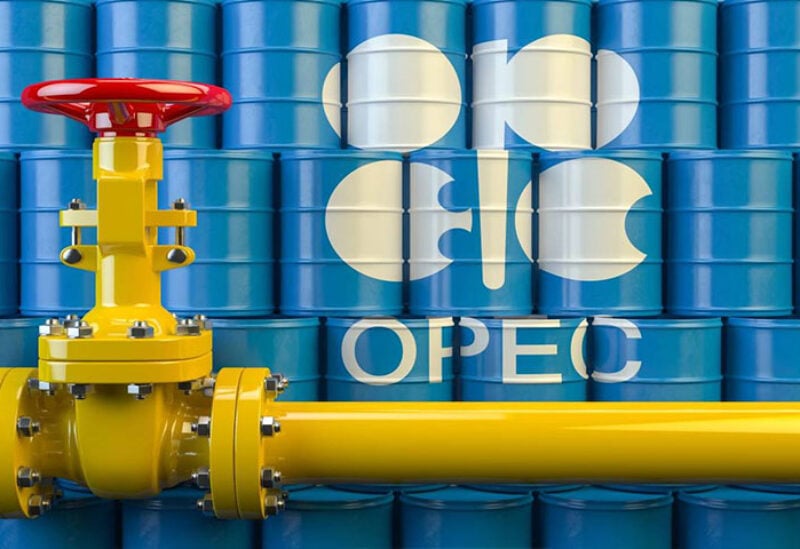
Opec+ compliance
Opec and its allies will maintain their current production levels of 400,000 barrels per day of oil in March, despite rising demand as global economies continue to recover from the coronavirus epidemic and growing supply concerns due to geopolitical tensions in Eastern Europe.
Opec+, led by Saudi Arabia and Russia, decided to boost output next month during an online meeting on Wednesday, according to the group.
Oil prices have risen to their highest level since 2014, owing to constrained supply, increased demand, and production bottlenecks. At 5:01 p.m. UAE time on Wednesday, Brent, the worldwide benchmark for two-thirds of the world’s oil, was trading at $90.27 per barrel. West Texas Intermediate, the benchmark for US oil, was trading at $89.38 per barrel.
Crude has stayed high in recent weeks as geopolitical tensions in Eastern Europe have risen. After Russia stationed thousands of troops near Ukraine’s border, the Pentagon has placed 8,500 US troops on high alert.
Russia increased its army presence over the weekend, indicating a potential escalation that may disrupt the flow of global oil supplies.
“Oil prices around $90 per barrel are a symptom of a positive mindset and supply anxieties,” said Norbert Rucker, Julius Baer’s director of economics and next generation research. “The primary cause of such frothiness is low storage levels, which resulted from the energy industry’s inability to scale up output in time during the previous year’s rapid economic recovery.”
“Such anxiousness appears to be a hallmark behavior of ‘peakish’ markets, and prices may momentarily climb into the triple digits.”
According to Edward Moya, senior market analyst at Oanda, oil might trade higher owing to geopolitical concerns and the difficulty of Opec+ nations to expand output to meet their quotas.
“Fears of supply interruption will remain strong due to the winter blast striking the north and the geopolitical threats outside,” he warned.
Oil prices have surged by more than 10% this year, with Brent reaching a seven-year high of $91.70 per barrel this week, while crude has risen by more than 67% in the previous year.
Oil prices have surged by more than 10% this year, with Brent reaching a seven-year high of $91.70 per barrel this week, while crude has risen by more than 67% in the previous year.
According to a recent Bank of America analysis, the capacity of some Opec member countries to swiftly ramp up production is dwindling. However, increased capacity among GCC Opec members, the possible return of Iranian barrels, and non-Opec supply growth could assist to relieve oil balances in the medium term.
According to the research, Saudi Arabia, the United Arab Emirates, and Kuwait will contribute nearly 3 million barrels per day to their combined capacity over the next eight years.
Ipek Ozkardeskaya, senior analyst at Swissquote, predicts that petroleum prices would rise into the triple digits in the next months “provided that the global oversupply diminishes quicker than predicted due to a greater rebound in demand and persistent supply limitations.”
According to Exinity Group’s principal market analyst Han Tan, the market will remain undersupplied in the short future until world powers achieve an agreement with Iran on its nuclear program.
At the same time, worldwide demand is holding up well as the dangers linked with the spread of the Omicron version recede.
“Such supply-demand dynamics are maintaining a tight market structure, laying the groundwork for oil benchmarks to rise further and expand on January’s gains of more than 15%,” he added.
“A spike in international tensions might even spark another increase in oil prices, perhaps bringing $100 oil within reach.”
Opec+ said on Wednesday that it will reconvene on March 2 to examine the market situation and determine its future production policy.
Between May 2020 and July of last year, the Opec+ group achieved a historic decrease of 9.7 million barrels per day, but the cuts were tapered as demand rebounded. Every month, the group adds 400,000 barrels per day to the market.